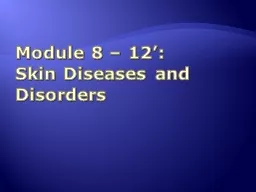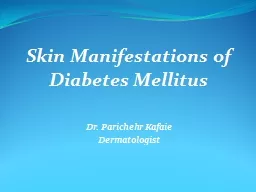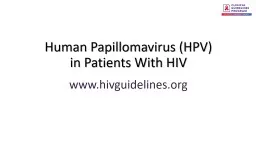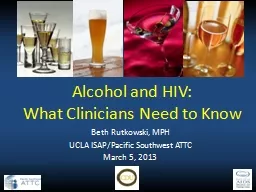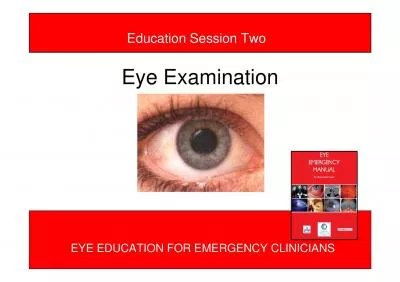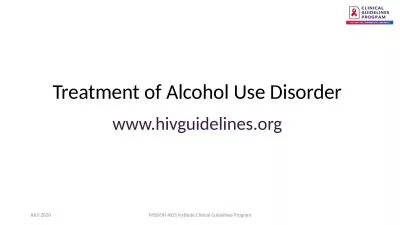PPT-Skin Disorders: What Clinicians Need to Know
Author : aaron | Published Date : 2017-03-29
Nilesh Shah MD CAQSM Disclosure None Objectives Review dermatologic infections related to sports Review the return to play guidelines for skin infections in sports
Presentation Embed Code
Download Presentation
Download Presentation The PPT/PDF document "Skin Disorders: What Clinicians Need to ..." is the property of its rightful owner. Permission is granted to download and print the materials on this website for personal, non-commercial use only, and to display it on your personal computer provided you do not modify the materials and that you retain all copyright notices contained in the materials. By downloading content from our website, you accept the terms of this agreement.
Skin Disorders: What Clinicians Need to Know: Transcript
Download Rules Of Document
"Skin Disorders: What Clinicians Need to Know"The content belongs to its owner. You may download and print it for personal use, without modification, and keep all copyright notices. By downloading, you agree to these terms.
Related Documents








